Raj Bhavan’s Flora and Fauna
|
Raj Bhavan is a biological haven, with a diverse range of flora and fauna. The birds that abound within and around the complex are a sight to behold. The Raj Bhavan, located on a hillock overlooking the Brahmaputra River, is a birdwatcher's paradise. Even a novice birdwatcher would be able to spot and identify at least a dozen species of birds in the complex. |
|||||||||||||||||
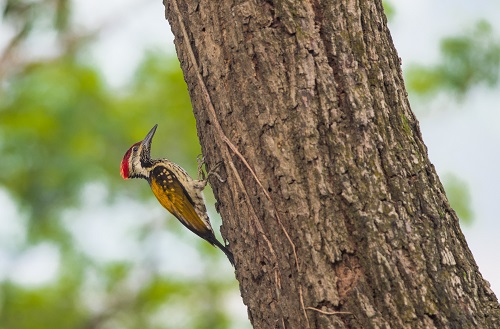 |
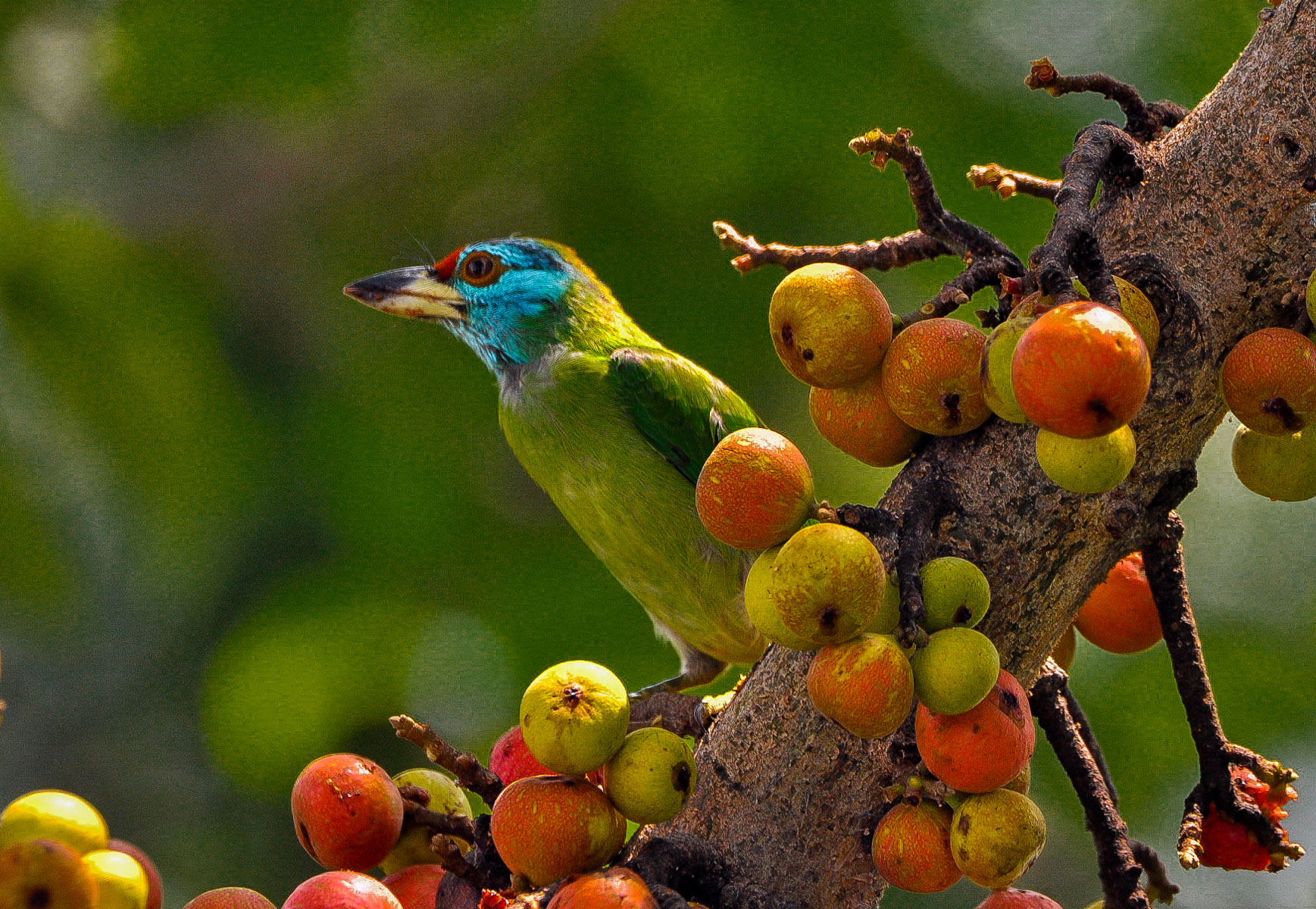 |
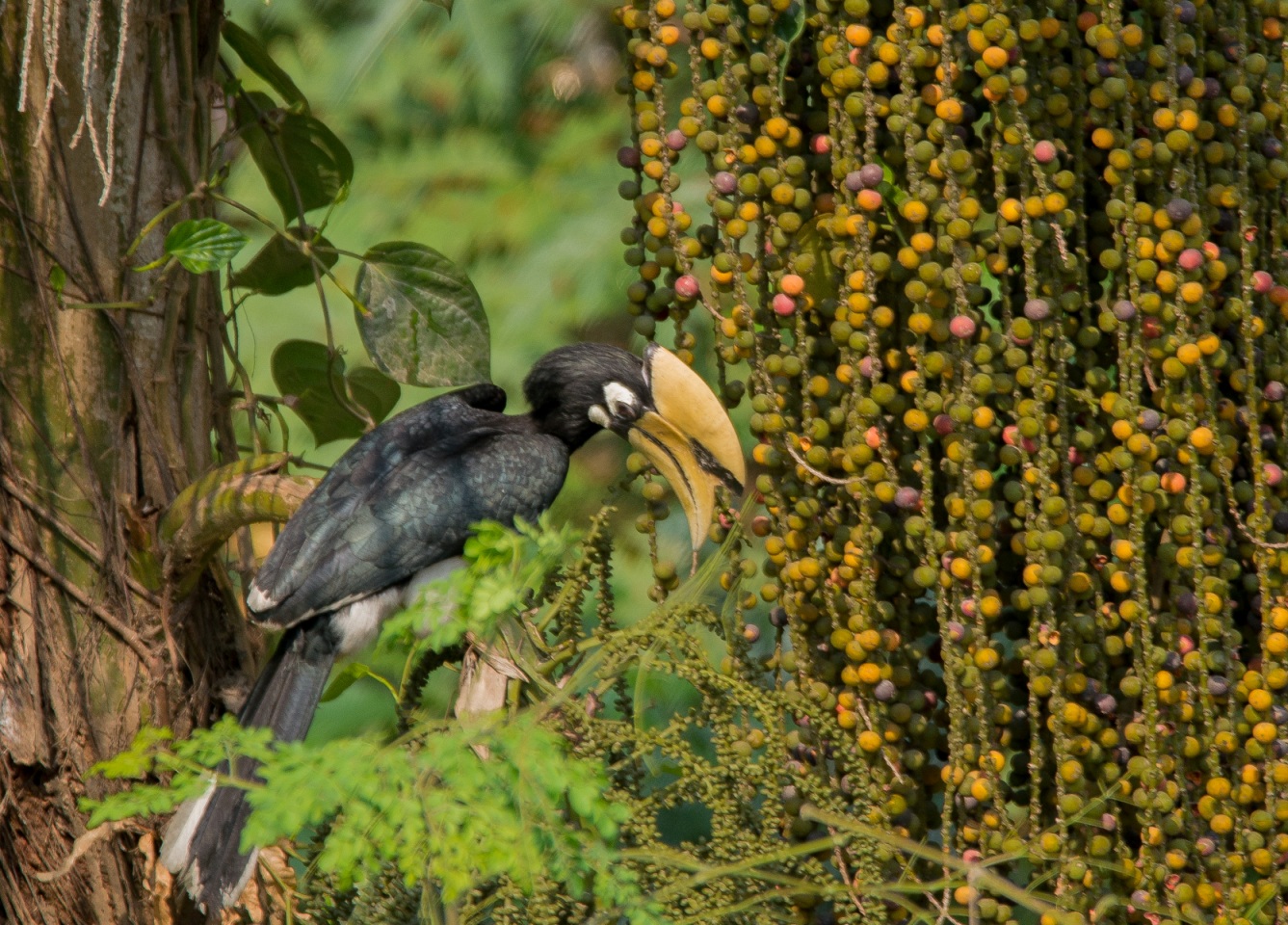 |
|||||||||||||||
| Bird name: Black Rumped Flameback | Bird name: Blue Throated Barbet | Bird name: Hornbill | |||||||||||||||
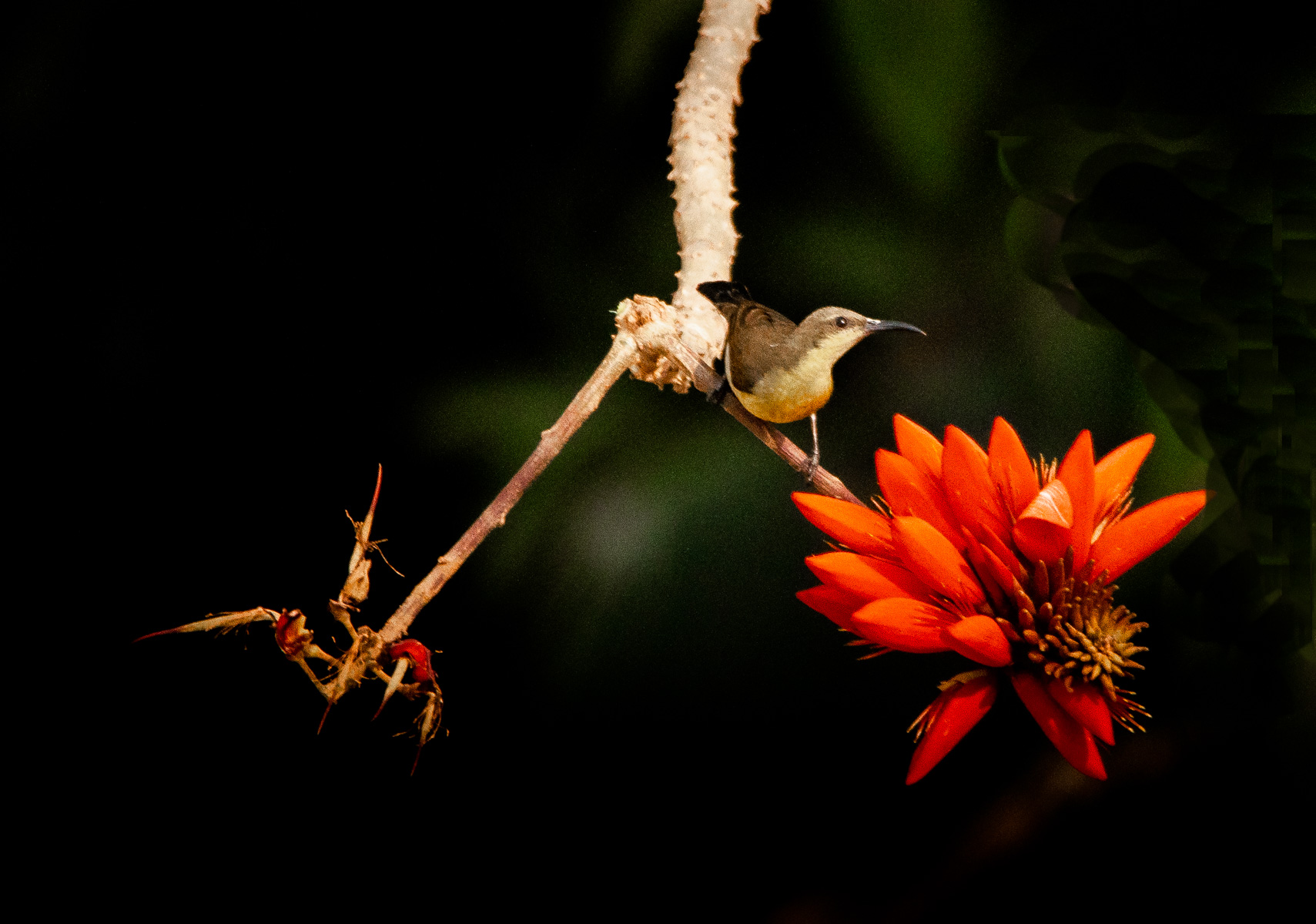 |
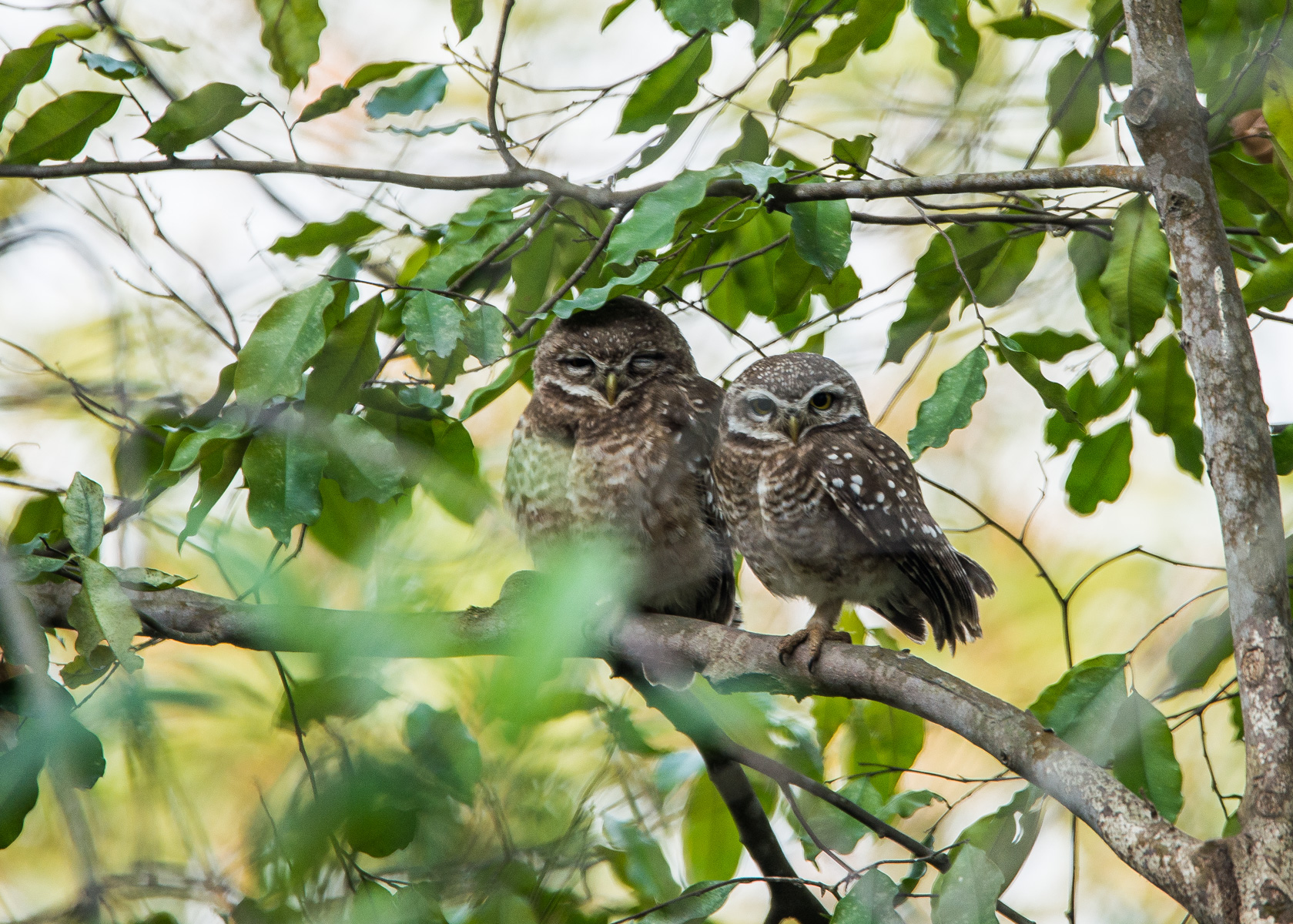 |
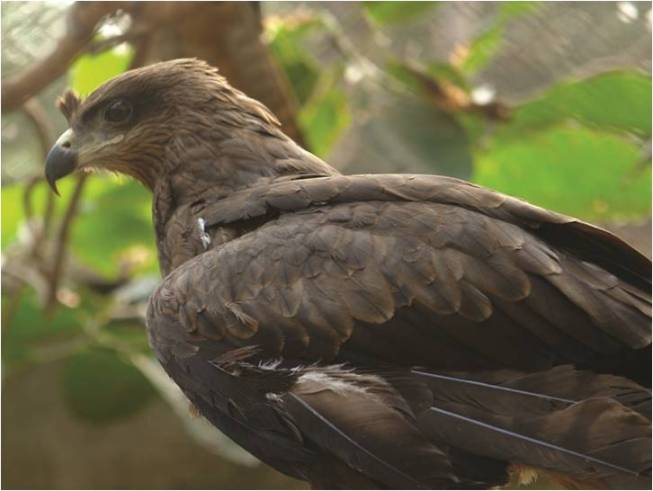 |
|||||||||||||||
| Bird name: Purple Sun Bird (Female) | Bird name: Spotted Owlet | Bird name: Hawk | |||||||||||||||
|
Raj Bhavan Assam campus has been scientifically landscaped for developing greenery for shade, source of indigenous fruits, spices, vegetables and forest trees. These plants have been selected meticulously to serve the ecological services at different canopy levels such as for beautiful flowering trees for green shade and spice yielding in the upper canopy, middle canopy with shrubs and annual and perennial fruits and aromatic plants are in lower stratum (ground cover crops). In the special topography of the Raj Bhavan around 38 species of forest trees,17 species of fruit trees along with different types of flower species, orchid and seasonal flower are available. Further, climber plants species such as Giloy (Tinosporacordifolia), and spice yielding plants like black pepper are also planted near the tree species for support and spice production. Attempts also been made to conserve biodiversity of this region by planting 17 tree species, 5 shrub species, 2 climber species, ground cover crops 7 species, and 19 seasonal vegetables species. |
|||||||||||||||||
|
1.1. Tree shade for 17 species covering 26000sqft area withGuava (Psidiumguajava, Myrtaceae), Amla (Phyllanthusemblica,Phyllanthaceae), Leteku (Baccaurearamiflora Lour. Euphorbiaceae.), Ponial (Flacourtiagangomos, Salicaceae ), Olive (Oleaeuropaea, Oleaceae), Ahombogori(Prunuspersica,Rosaceae), Thekera (Garciniapedunculata, Clusiaceae), Coconut(Cocosnucifera, Arecaceae), Arecanut (Areca catechu, Arecaceae), Cinnamon (Cinnamomumverum, Lauraceae), Neem(Azadirachtaindica, Meliaceae), Curry leaf (Murrayakoenigii, Rutaceae), Bay leaf(Laurusnobilis, Lauraceae), Rudraksha(Elaeocarpusganitrus, Elaeocarpaceae), Radhasura (Peltophorumpterocarpum , Fabaceae), Sonaru (Cassia fistula, Fabaceae), Krishnasura (Delonixregia, Leguminosae)
|
|||||||||||||||||
|
Poly Greenhouse for sustainable has also been erected covering an area of 689 sqft for production of 19 vegetables species such as lettuce (Lactucasativa, Asteraceae), Spinach (Spinaciaoleracea, Amaranthaceae), Coriander (Coriandrumsativum, Apiaceae), Mint (Menthapiperita , Lamiaceae ), Fenugreek (Trigonellafoenum-graecum, Fabaceae), Broccoli (Brassicaoleracea var. italic,Brassicaceae), Cabbage (Brassicaoleracea var. capitata, Brassicaceae), Cauliflower (Brassicaoleracea var. botrytis,Brassicaceae), Radish (Raphanussativus, Brassicaceae) , Carrot(Daucuscarota, Apiaceae), Brinjal (Solanummelongena, Solanaceae), Bean (Phaseolus vulgaris , fabaceae), Tomato (Solanumlycopersicum, Solanaceae), Turnip (Brassicarapa subsp. rapa, Brassicaceae), Chilli (Capsicum frutescens, Solanaceae), Capsicum (Capsicum annuum, Solanaceae), Onion (Alliumcepa, Amaryllidaceae), , Garlic (Alliumsativum,Solanaceae), Knolkhol (Brassicaoleracea, Brassicaceae) , Beetroot (Beta vulgaris, Amaranthaceae). |
|||||||||||||||||
|
Name of the Flower plants present at Raj Bhavan (Lawn) Perennial:
|
|||||||||||||||||
|
Photo Credit : Sanjib Gohain Boruah (Birds) & Purba Jyoti Baishya (Flowers) |
|||||||||||||||||


